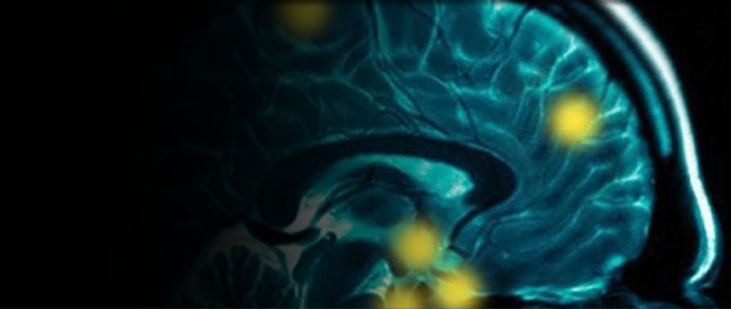By Katie A. McLaughlin, Matthew Peverill, Andrea L. Gold, Sonia Alves, and Margaret Sheridan | Journal of the American Academy of Child & Adolescent Psychiatry | June 26, 2015
Abstract:
Objective
The strong associations between child maltreatment and psychopathology have generated interest in identifying neurodevelopmental processes that are disrupted following maltreatment. Previous research has largely focused on neural response to negative facial emotion. We determined whether child maltreatment was associated with neural responses during passive viewing of negative and positive emotional stimuli and effortful attempts to regulate emotional responses.
Method
42 adolescents aged 13-19 years, half with exposure to physical and/or sexual abuse, participated. Blood oxygen level-dependent (BOLD) response was measured during passive viewing of negative and positive emotional stimuli and attempts to modulate emotional responses using cognitive reappraisal.
Results
Maltreated adolescents exhibited heightened response in multiple nodes of the salience network, including amygdala, putamen, and anterior insula, to negative relative to neutral stimuli. During attempts to decrease responses to negative stimuli relative to passive viewing, maltreatment was associated with greater recruitment of superior frontal gyrus, dorsal anterior cingulate cortex, and frontal pole; adolescents with and without maltreatment down-regulated amygdala response to a similar degree. No associations were observed between maltreatment and neural response to positive emotional stimuli during passive viewing or effortful regulation.
Conclusion
Child maltreatment heightens the salience of negative emotional stimuli. Although maltreated adolescents modulate amygdala responses to negative cues to a similar degree as non-maltreated youths, they utilize regions involved in effortful control to a greater degree to do so, potentially because greater effort is required to modulate heightened amygdala responses. These findings are promising, given the centrality of cognitive restructuring in trauma-focused treatments for children.



